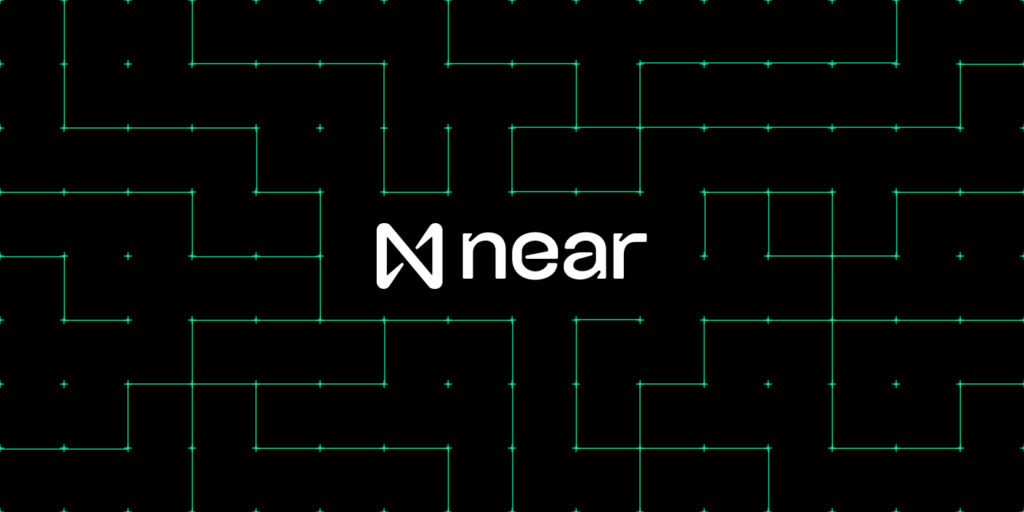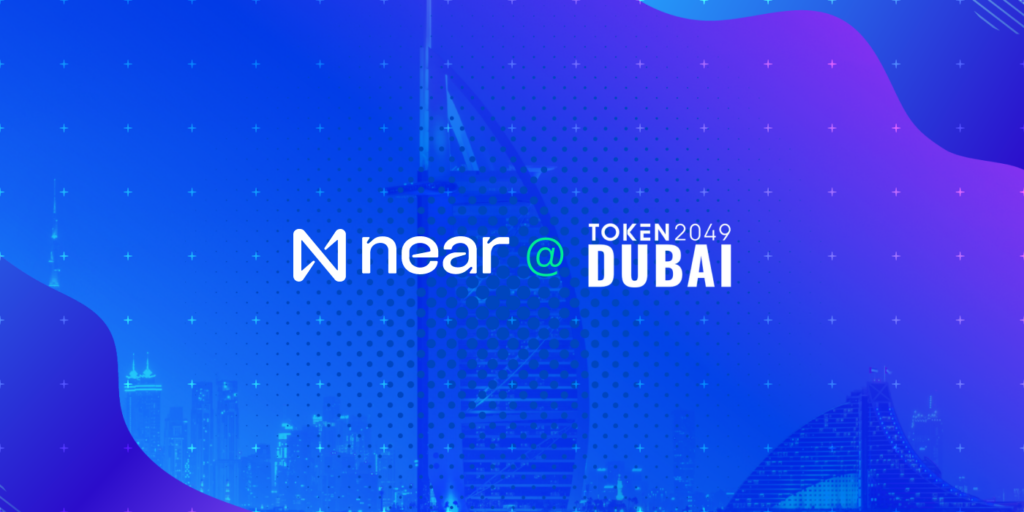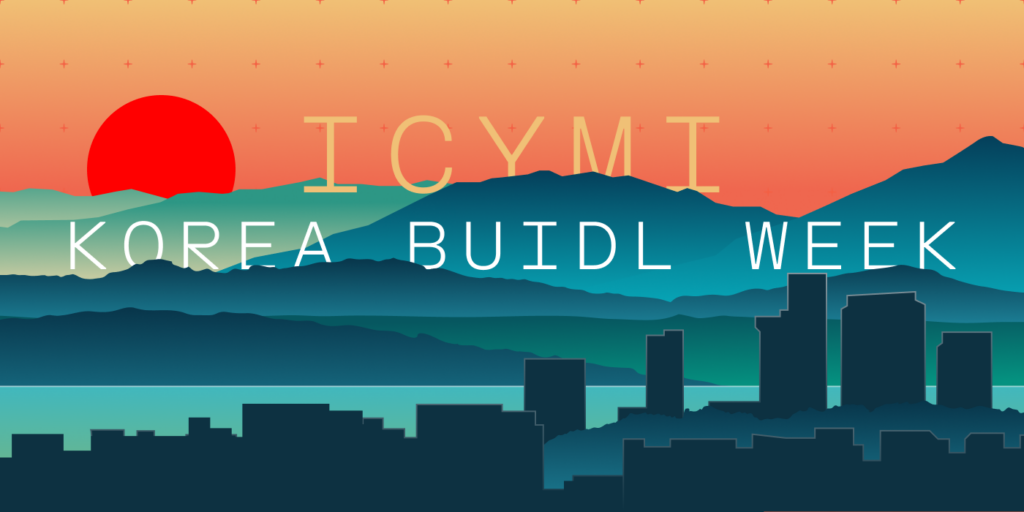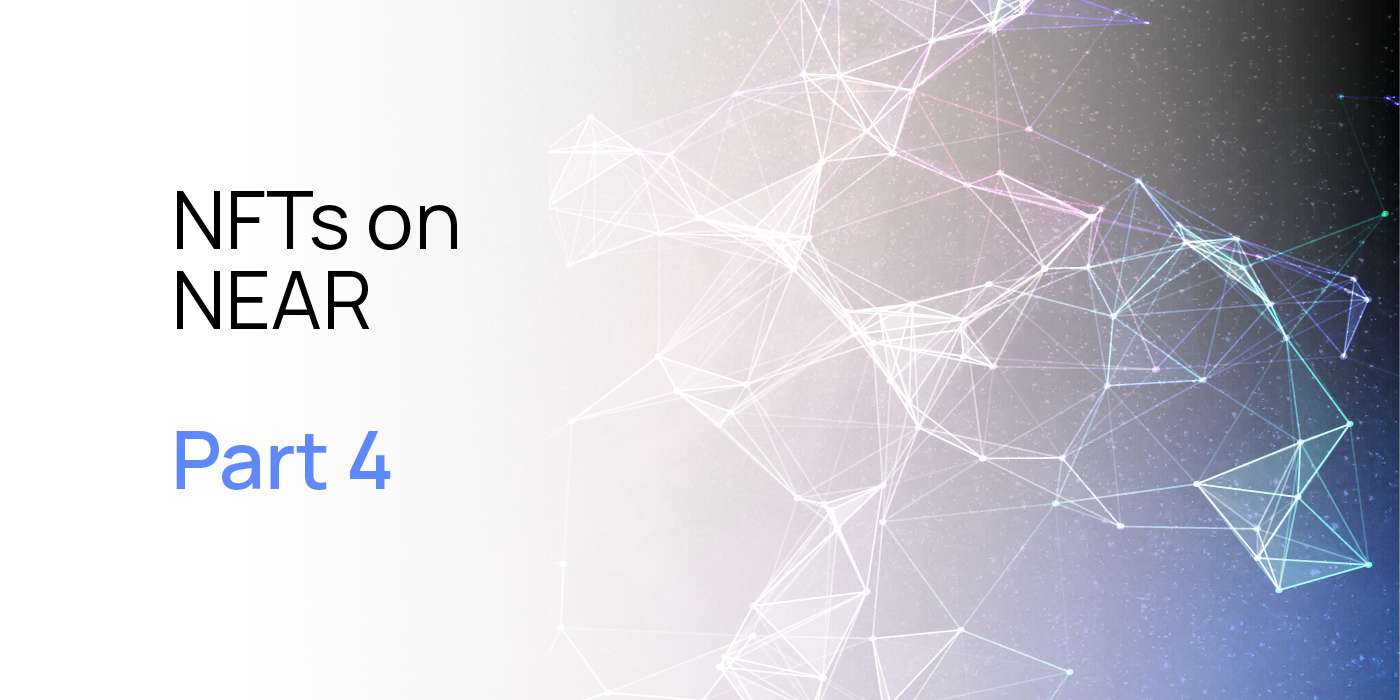NFTs on NEAR: Where Will NFTs Go Next?
For a relatively new type of digital asset, non-fungible tokens, have permeated the mainstream at an incredibly fast rate. After Christie’s auction of Beeple’s “Everydays – The First 5000 Days” NFT in 2021, other artists like Pak and Roger Kilimanjaro followed with their own major NFT sales. And Yuga Labs’ Bored Ape Yacht Club collection, released the the same year, turned cartoonish collectible “cards” into a multi-chain NFT art genre.
NFTs exist on the blockchain and typically represent ownership of unique digital collectibles like music, video, artwork, land, and more. But beyond creative works, what other NFT use cases already exist? And what other types of NFTs might emerge in the coming months and years?
This feature explores how projects building in the NEAR ecosystem are leveraging NFT technology in new and exciting ways.
Open Forest Protocol: NFTs for sustainable climate conservation
For many nonprofits and volunteer organizations with a social cause, a major challenge is maintaining complete transparency on their activities. This can include initiatives, funding, and resources, as well as a roadmap for accomplishing their goals.
But what if an organization’s work was completely transparent, trustless, and easily accessible to all? NEAR-native decentralized community Open Forest Protocol (OFP) is doing precisely this for its environmental conservation efforts.
The team of over 30 forest project operators, validators, and community members is working to scale forest-based climate solutions. To do this, the OFP network uses NFTs to represent forestation projects by tracking their progress and growth over time. Each project’s information is permanently stored and updated in the token’s metadata, making it all 100% transparent and traceable.
OFP’s blockchain-based validation model rewards the creation and protection of forested zones. This paves the way for the creation of economic incentives around forest regeneration and carbon sequestration (carbon capture).
“We are bringing the entire business of forestation on-chain, making forestation not only scalable, but economically viable where it wasn’t before,” says Rimberjack, who leads community development at OFP.
According to Rimberjack, NFTs are important because not all assets on-chain are the traditional coins that immediately come to mind.
“NFTs allow the on-chain representation of assets like ‘land’ for projects like OFP which validates data from forests,” says Rimberjack. “This then allows us to tie all the data regarding these forest areas to their unique location and characteristics because the underlying asset is represented non-fungibly.”
OFP is currently grappling with two major challenges: a general lack of awareness of carbon markets, and mainstream adoption. Many people know little about carbon markets, carbon credits, and other sustainable financial systems that can better protect our world.
“By having forests represented on-chain as NFTs, and storing all the data relevant to it in its metadata, we are able to solve all these problems,” says OFP Forest Project Coordinator Sue. “You now know which forest your carbon credits came from, how many trees were planted, how much carbon they sequestered, and whether the data was verified in a legitimate way. It’s all there in the NFT, open to all to verify.”
Naksh Marketplace: NFTs by Indian artists from all walks of life
Naksh Marketplace is an Indian NFT platform on NEAR that caters to artists and artisans from across the country. The app works with artists from parts of India where blockchain technology is not commonly known or used. The marketplace helps these artists digitize their work and showcase it as NFTs.
The Naksh Marketplace hosts a curated collection of artworks produced in the Indian cultural context. The art includes both traditional and new media. The platform’s goal is to resurrect conversations about the ancient Indian practices and artforms that are starting to fade away.
Some of the most pressing issues Naksh is facing today have centered on additional NFT implementations and utilities.
“We’ve been seeing a lot of conversations around NFTs and utility recently and that’s something that we have plans around,” says Sri Lakshmi, co-founder of Naksh. “At Naksh we have been working on Redeemable NFTs for the fine art we have on our platform, since the uniqueness, artistic style, colors, and medium that are used by the artists at Naksh are very rare.”
According to Lakshmi, there is also a lot of ongoing experimentation at Naksh with the apparel and accessories industry. The marketplace is also looking into expanding into fashion, partnering with fashion brands and providing B2B (business-to-business) services. Naksh could partner with fashion brands to to showcase product as NFTs, which customers could buy as both physical and NFT products.
“The entire team has dove headfirst into building the product to ensure that we only show the best version of Naksh, and we are very proud of how our marketplace looks!” says Lakshmi. “When we launched our beta we realized that we hadn’t been paying a lot of attention to our community. We’ve been making up for this over the last few months, and we will continue to ramp this up going forward.”
NEAR x Publish: An NFT printing service
When Samuel Flores co-founded NEAR x Publish in early 2022, he wanted to create a printing service on NEAR. A service that experimented with both digital and physical media via NFTs.
Based in San Diego, Flores and a four-person team began creating products with QR codes and other digital features. The vision paid off, as NEAR x Publish was recently featured as San Diego’s NFTCon’s merchandise partner.
Through NEAR x Publish, Flores wants to create different, customizable roadmaps for creators to come in and launch their project. How this process unfolds will depend on the creator’s wants and needs.
Flores himself is a comic book artist who wanted to create comic book NFT. He parlayed this ambition into work as a colorist and letterer for NFT marketplace Paras Comic. While at Paras Comic, Flores experimented with different marketing and exposure strategies. In the process, he learned a lot about the NFT industry.
More recently, the NEAR x Publish team has been focused on building different partnerships with creators and other NFT marketplaces. The goal is to tie all the resources in the NEAR ecosystem together, rather than projects operating in isolation.
“When I first entered the NEAR ecosystem, I noticed everyone was super encouraging,” says Flores. “But I also didn’t see a ton of collaboration between guilds and businesses building in the same space.”
Flores says that many NFT projects, particularly PFP (profile picture) projects, have one particular idea they want to execute. But after realizing that idea, they aren’t sure what to do next.
“The idea was to have an idea of where we want things to go from the beginning so it’s not just a dead end,” says Flores. “So, building roadmaps to facilitate all these different ideations and bringing them full circle.”
NEAR x Publish recently collaborated with NEAR Hub, a metaverse experience users can log into using just their NEAR wallets. Within this NEARverse, users have control and ownership of their data and assets. The two projects just launched comics.nearhub.club – a generative comic book cover generator that creates 1 of 1 comic book covers.
NEAR x Publish has several upcoming projects in the pipeline. It’s helping the Marma J Foundation, an organizationo on NEAR that is leveraging Web3 technology for social good. And this June, NEAR x Publish is also will be a sponsored partner at the NEAR Hacker House during the Consensus conference in Austin, Texas.
Endemic: Carbon-Neutral NFTs with Social Elements
The word endemic is often used to describe something native and restricted to a certain place. That’s what Hrvoje Zuanić and Milan Mašanović wanted to build with Endemic, a multichain, carbon-neutral NFT marketplace with social elements.
Launched on the Aurora network in February, Endemic showcases quality art from reputable sources to a global network of high-net-worth individuals and institutional collectors. Its art collection comes from artist communities in every part of the world.
The Endemic team consists of around 20 members who work in art, curation, development and marketing. The marketplace prides itself on its organic community of a combined 5,000 users across different social media platforms.
“We know that a lot of marketplaces pump up their numbers with fake followers and have botted up accounts, so Endemic is taking a completely different and alternative approach,” says co-founder Zuanić. “Of course, we could pump up our numbers artificially but that’s just a short-term pump that has no foundation in your product quality and innovation. We think that it’s most important to focus on the product quality, and when the product is 100% ready then do a big marketing push.”
Endemic is the only NFT marketplace whose core team includes a curator and art team. Every piece is curated and carefully selected based on quality and social visibility. Endemic’s embedded social elements, which inludde liking, following, comments and blogging enables artists to make deeper connections. These features also allows artists to grow their audience, and present their art in the best possible way.
“Some say that physical art is not suitable for crypto—we disagree,” says Mašanović. “By educating the masses we’re trying to shorten the needed period of time for people to transfer feelings and attachments from the physical world to digital.”
Endemic offers both NFTs and physical redeemable art. There are no primary or secondary fees—only a fixed percentage of 2.5% from the buyer and 2.5% from the seller. Artists can also set royalties from 1 to 15%.
“Digital ownership is something that we’re going to face more and more, and the new generations are more aware of it. It’s more important to them and we’re going to see even more adaption than we had until now,” says Zuanić. “In every business, especially with marketplaces and NFTs, feedback is important and with social components, there is a two-way conversation all the time. Art can get feedback from customers, users, collectors, community and vice versa—it’s great for the quality of the art, for the quality of the community and the whole sphere.”
A Bright Future Ahead?
The NFT projects that are building on NEAR play vital roles in the ecosystem. Not only are they expanding use cases but they are also pushing these unique digital assets further into the mainstream.
Projects like Open Forest Project, Naksh Market, NEAR x Publish and Endemic are paving the way new and exciting NFT use cases. This will allow NFTs to go beyond art and collectibles into assets that can bring communities together and improve the world as we know it.
Share this:
Join the community:
Follow NEAR:
More posts from our blog

NEAR Launches Infrastructure Committee with $4 Million in Funding


